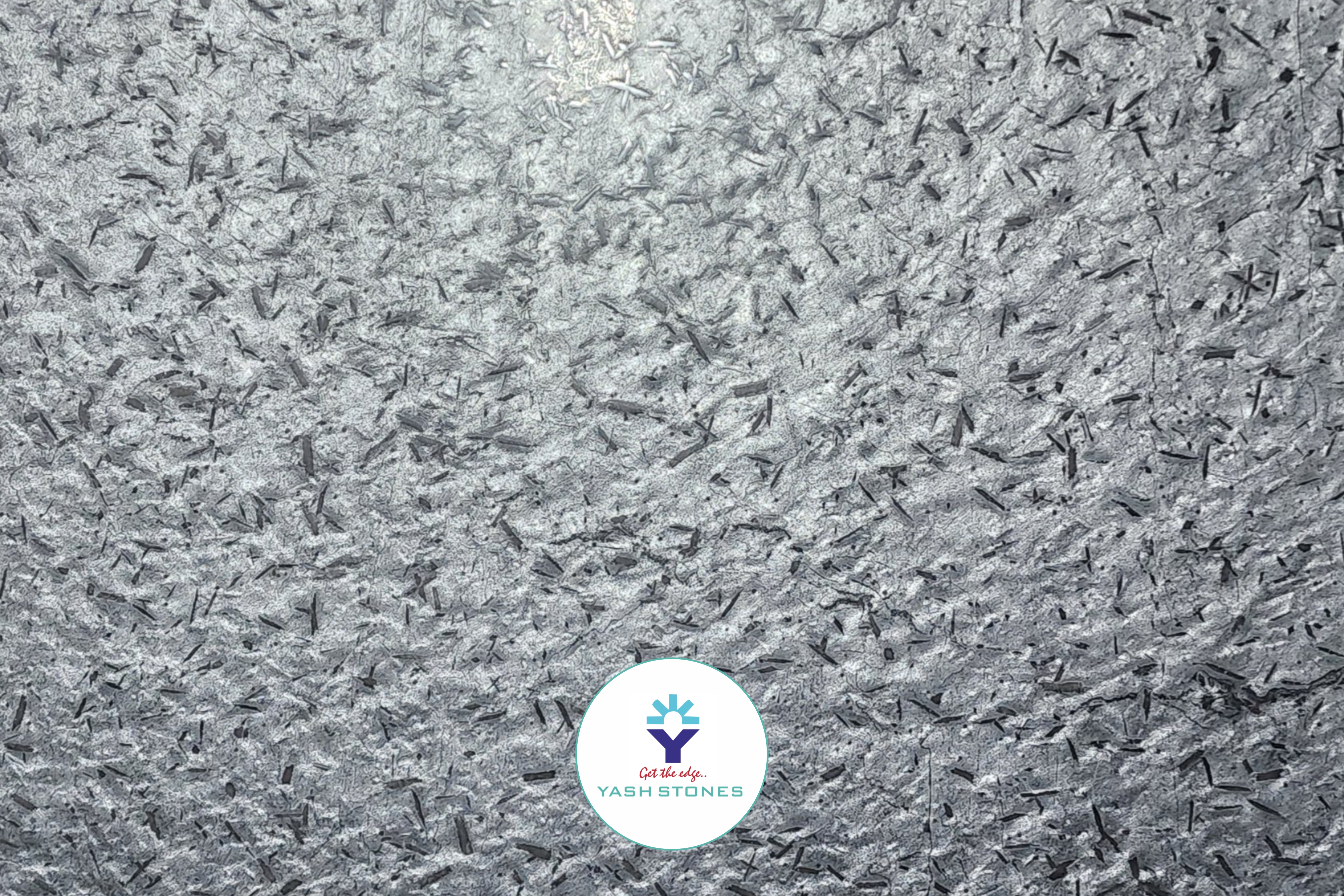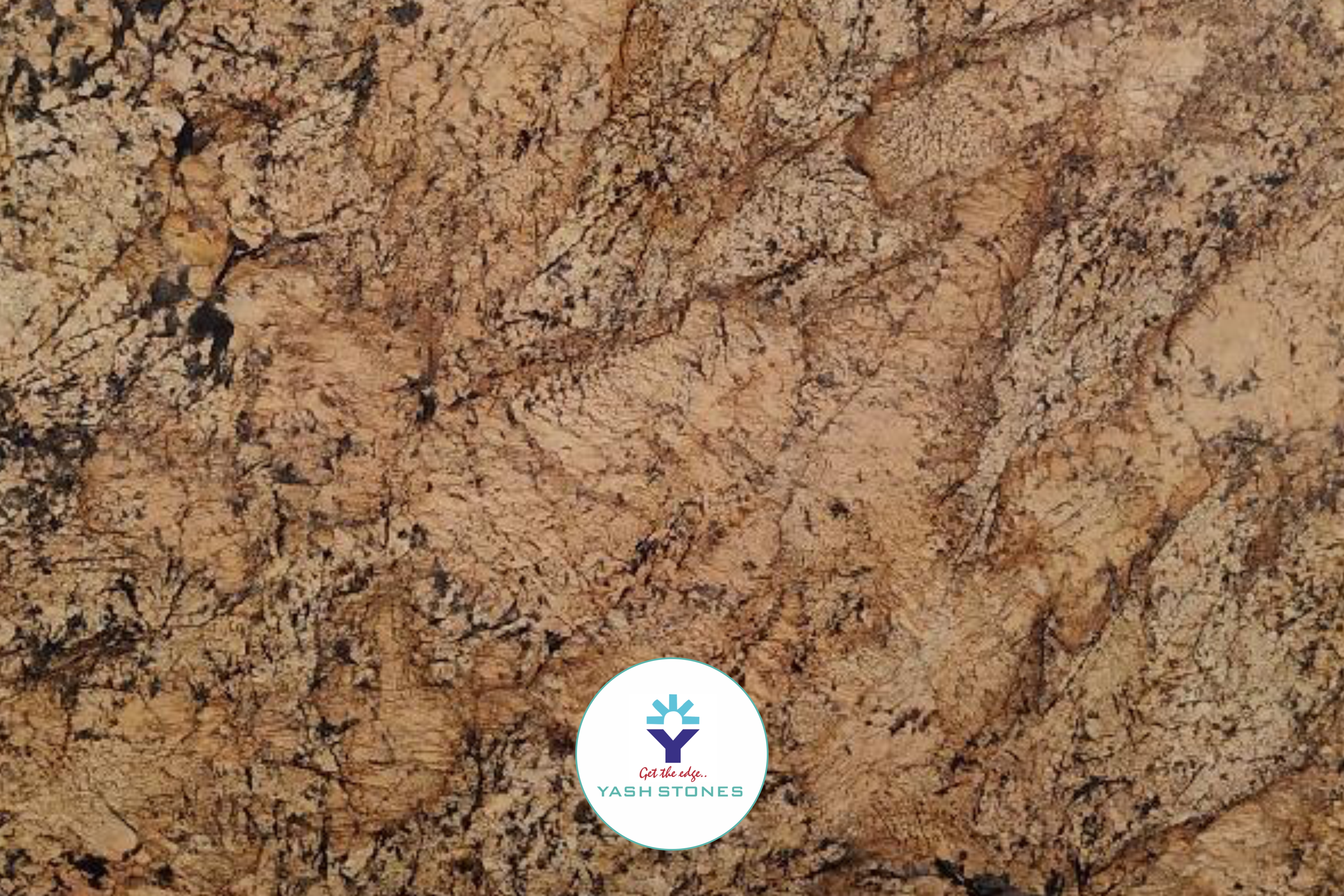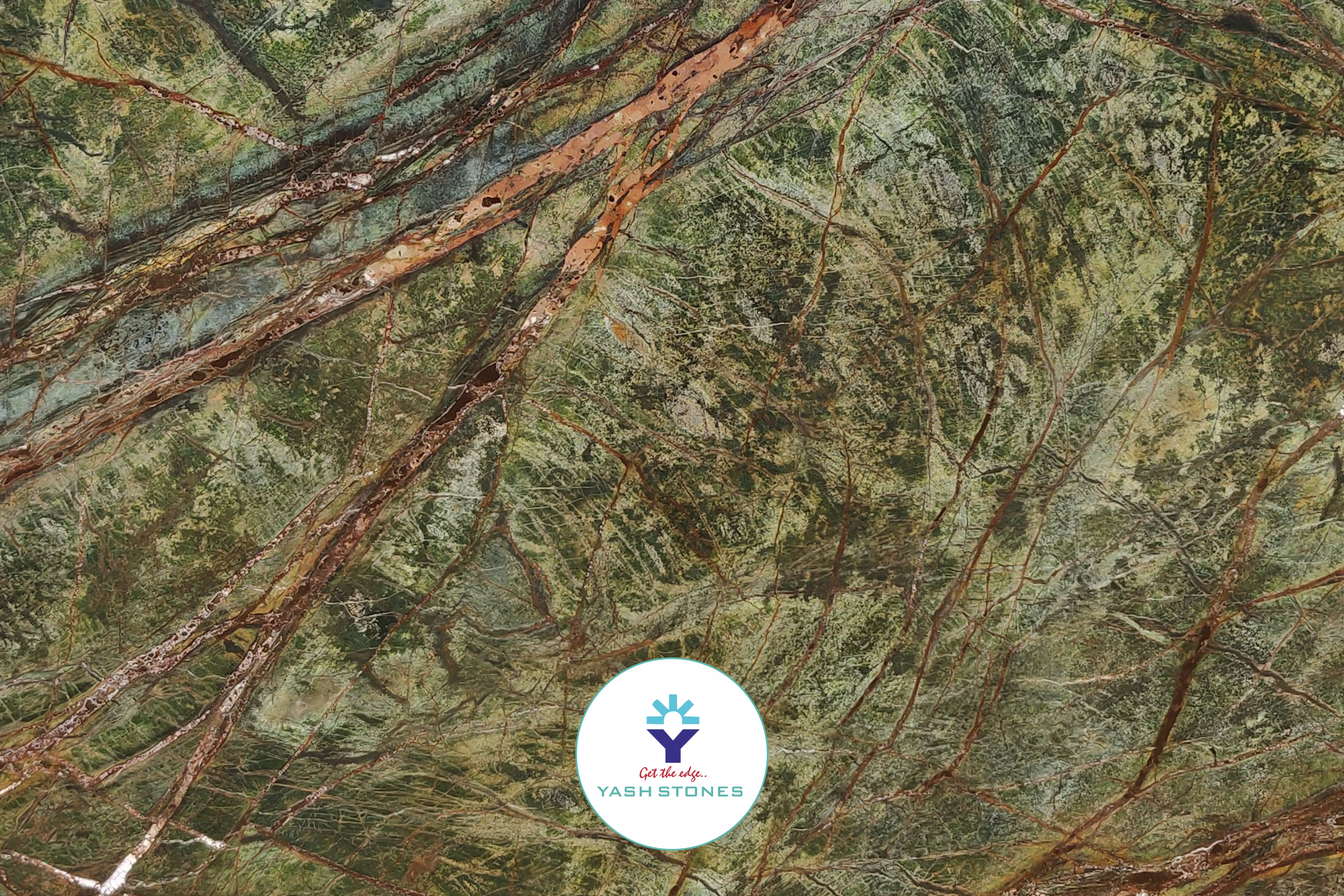
The Rising Demand for Sandstone in Global Exports: Quality and Versatility
Sandstone, with its earthy tones and natural texture, is rapidly gaining popularity in global markets for its aesthetic appeal, durability, and versatility. This durable yet cost-effective natural stone is being used in a variety of applications, from residential projects to large-scale commercial developments. As the demand for high-quality, sustainable materials continues to rise, sandstone has firmly established itself as one of the most sought-after stones for international exports. Let’s take a closer look at why sandstone is experiencing a surge in global demand and how it’s being used to create stunning spaces across the world.
Why Sandstone is Gaining Popularity Worldwide
Sandstone’s unique combination of natural beauty, affordability, and versatility makes it a prime choice for both residential and commercial construction projects. Its diverse color palette, ranging from warm golden hues to rich reds and browns, makes it an appealing option for design-conscious buyers around the world. Additionally, sandstone's ability to be easily cut and shaped into various forms, such as tiles, blocks, and slabs, adds to its widespread appeal.
What makes sandstone especially attractive to international markets is its cost-effectiveness compared to other natural stones like marble or granite. Despite being a more affordable option, it does not compromise on quality or aesthetics, making it a top choice for projects with varying budget requirements.
Sandstone’s Versatility Across Different Applications
-
Paving and Landscaping: Sandstone is frequently used for outdoor applications such as paving stones, garden paths, and landscaping features. Its slip-resistant surface makes it perfect for walkways, patios, and poolside areas, adding a natural, rustic touch to any outdoor setting. Its natural texture and color variety allow it to blend seamlessly into a variety of garden and landscape designs.
-
Wall Cladding and Facades: The warmth and texture of sandstone make it an excellent material for wall cladding and building facades. From commercial buildings to residential homes, sandstone adds character and durability to the exterior of structures. Its ability to weather beautifully over time gives buildings a timeless, aged look, making it particularly popular in heritage conservation projects.
-
Interior Surfaces: Sandstone is increasingly being used for interior flooring, wall panels, and countertops. Its soft, warm tones create inviting spaces and can be easily integrated into both contemporary and traditional interior designs. Sandstone’s ability to maintain its visual appeal over time while offering a comfortable, earthy feel makes it a favorite for homes, hotels, and resorts.
-
Sculptures and Decorative Features: The ease with which sandstone can be carved makes it a popular choice for sculptures, fountains, and other decorative outdoor features. Sandstone’s relatively soft texture allows artisans to create intricate designs, making it a favorite for both artistic and functional decorative elements in gardens, parks, and public spaces.
The Cost-Effectiveness of Sandstone in Global Markets
One of the key drivers behind the rising demand for sandstone in international markets is its affordability. Compared to other natural stones like marble or granite, sandstone is a more budget-friendly option without compromising on quality or visual appeal. This makes it an attractive material for large-scale commercial projects as well as residential builds.
Sandstone’s availability in various regions around the world, such as India, China, and parts of the Middle East, has made it accessible to markets globally. Exporters can offer a wide range of sandstone products in different colors, textures, and finishes, catering to the specific needs of their international clientele.
Key Markets for Sandstone Exports
Countries across Europe, the Middle East, and North America are leading the demand for sandstone, especially for use in construction, landscaping, and outdoor design. The United States, the United Kingdom, and the United Arab Emirates are some of the biggest importers of sandstone, utilizing it in both commercial and residential projects. Emerging markets in Asia and Africa are also beginning to recognize the advantages of sandstone, making it a valuable export commodity in these regions as well.
Why Choose Sandstone for Export
- Affordability: Sandstone offers a high-quality, cost-effective alternative to more expensive natural stones.
- Natural Beauty: The rich, warm colors and unique textures of sandstone make it ideal for creating visually striking and inviting spaces.
- Versatility: Sandstone can be used in a variety of applications, from landscaping to interior design, making it highly versatile for different markets.
- Global Demand: With growing infrastructure development in emerging markets and increasing demand for sustainable materials, sandstone continues to be a valuable export product.
Conclusion
Sandstone’s increasing popularity in global exports is a direct result of its natural beauty, affordability, and wide range of uses. From landscaping to interior design, this versatile stone is being used across various sectors, ensuring its place in both luxury and budget-conscious projects. As global demand for sustainable, durable materials grows, sandstone continues to prove that it is not only a cost-effective choice but also one that adds character and elegance to any space. Exporting sandstone offers businesses an opportunity to tap into the thriving global construction and design market, meeting the demand for quality materials while ensuring long-term business growth.



